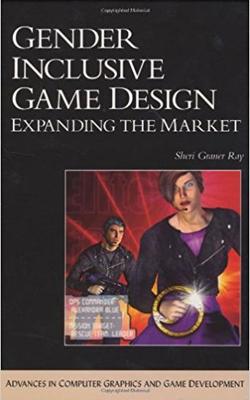Women and girls of today are more tech savvy than ever before and research shows that they currently make up over 52% of Internet users and 70% of casual online gamers. Why then, is the game industry still producing computer games that primarily target males ages 13-25? With this tight focus, game developers are not only sharply limiting their possible total income, but they are losing sight of the bigger picture. The games industry is currently growing faster than the target market. To keep the industry strong and growing, game developers must start looking at expanding their market, which means designing titles that are accessible to the female audience. Successful entertainment industries have sustained growth for decades because they have considered the diversity of their audiences. Today's blockbuster products, be it movies, recordings or books, are most often the ones with elements that directly appeal to many market sectors, while containing very few barriers to access for others. By understanding the issues and barriers connected to gender, the game industry can benefit from a similar growth strategy. Gender Inclusive Game Design: Expanding the Market addresses issues that help designers and developers understand the real differences between how the genders approach and resolve conflicts, and what their entertainment criteria and responses are. It also explores the differences in reward systems, game play preferences, and avatar selection criteria, and how these issues all apply to game design, regardless of genre. By understanding these differences, designers can apply this knowledge to the traditional genres that make up the contemporary computer game industry and begin tapping the future market. Perhaps the real question developers need to be asking themselves is, "but what if the player is female?"
LIBRARY
Gender Inclusive Game Design
by Sheri Graner Ray
Published September 1, 2003
Gender Inclusive Game Design
by Sheri Graner Ray
Published September 1, 2003 Library > Game Development


